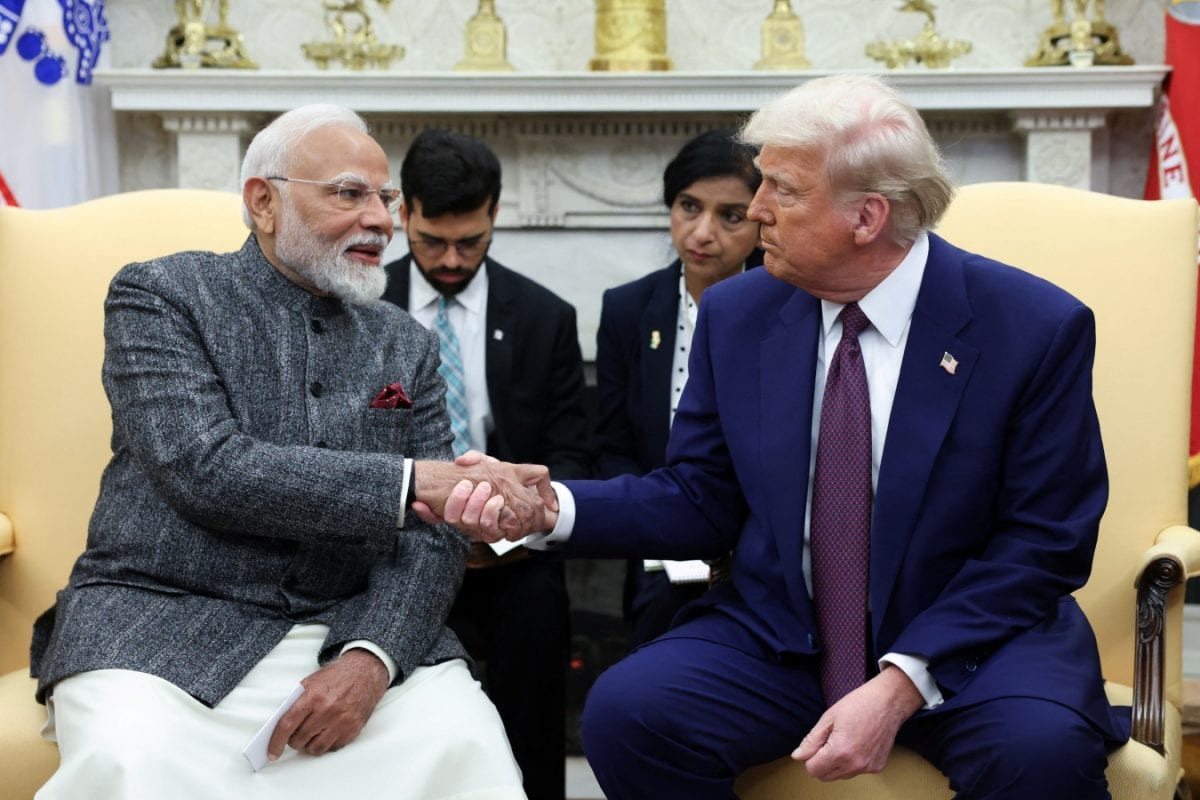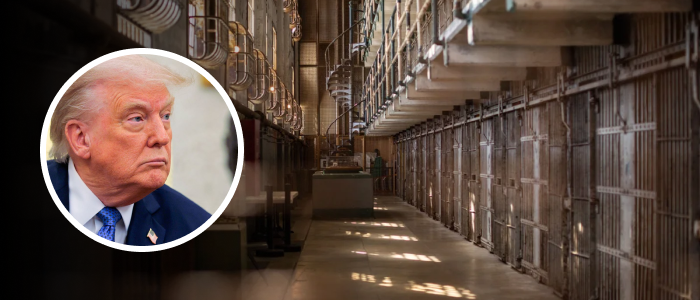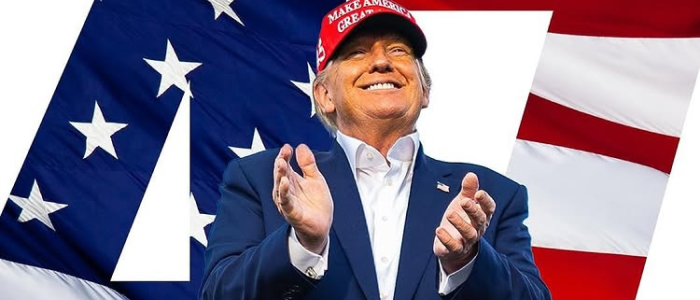If the US-China economic equation is today hindered by strategic competition, an India-US economic relationship is well supported by geopolitical headwinds At the peak of the Cold War in the year 1972, an American President for the first time visited the People’s Republic of China with the intent to normalise ties between the two countries. This was coming years after the United States had maintained a carefully crafted diplomatic policy that favoured not Mao Zedong’s Communist China but Chiang Kai-shek’s Republic of China, or Taiwan. But now was the time for the US to change its policy and switch diplomatic recognition of what it considered the “official" China from RoC to PRC.
The visit was the first of the many steps that the US would take over the years to draw the PRC closer within its own ambit. After all, geopolitical changes demanded that the US make the best of the available opportunity. Just a few years ago, before President Richard Nixon had made this visit, the Soviets and the Chinese had faced off in a territorial dispute over an island on the Ussuri River, planting the seed for the imminent Sino-Soviet split and drawing a wedge in the communist camp.

If the split made India gain a loyal and trustworthy friend in the Soviet Union, it was time for the US to gain a friend in the PRC. The 1972 visit by President Nixon was remarkable for many reasons, among which his commitment to the principle of One China was key. But what was also noteworthy was his promise to reduce military presence in Taiwan, thus bringing much-needed confidence and trust in the US-China relationship.
By the end of the decade, the momentum in this equation only acquired pace when President Jimmy Carter in 1979 officially announced his decision to establish diplomatic relations with China, recognising the seat of power in Beijing as the only legitimate government. Subsequently, the Taipei embassy of the US was closed down, and a mutual defence treaty that it had with Taiwan was also terminated. The events of the 1970s were spearheaded mostly by the United States, initiated by the shrewd adviser to Nixon, Henry Kissinger, but the geopolitical shift marked by the US-China rapprochement was not just going to change the outcome of the entire Cold War, but it was also going to shape the global economic system for the next five decades after that.
This was because that visit also marked the ending of China’s diplomatic isolation from the West, which was later followed by the US granting the Most Favored Nation status to China in 1979. This move was a loud signal of how the core of their relations would also be dominated by an economic component, something that China of that era needed really badly. In 1978, under the leadership of Deng Xiaoping, China finally embraced pro-market reforms in its economy.
Its previous attempts to become an economic powerhouse, including Mao’s ill-thought-out Great Leap Forward, had failed miserably to transform the country. But this time, under Deng, China had resolved to leverage its cheap labour and large territorial base by opening up the country to foreign capital and technology. Unlike Mao, who had let communist ideology dominate over pragmatism, Deng believed in the idea that “It doesn’t matter whether a cat is black or white, as long as it catches mice".
His foresight to integrate China with the Western economic system, fostering relations with the US, Japan, as well as Western Europe, was based on this. No wonder that the capitalist West welcomed this a great deal. Soon, top companies such as Panasonic, Boeing, IBM, and Coca-Cola started taking an active interest in China’s market potential.
In 1980, the US backed China’s entry into the Bretton Woods institutions—the IMF and World Bank—and by 2000, its accession to the World Trade Organisation was complete. With institutional support on its side, China soon started to project itself as the factory of the world, where its rise as a manufacturing powerhouse was going to make even the American story of industrialisation on the eve of the First World War look pale in comparison. With its low-cost, export-led economic model that incentivised foreign manufacturers to make in China, soon the best of the global MNCs started to make the country their base, with toys to heavy machinery carrying a Made in China label.
One can understand the quantum of this development from the basic fact that US-China trade, which stood at a mere $5 billion in 1980, grew to over $600 billion by 2017. Suddenly, it was not Mexico or Canada but far-flung China that was the biggest trading partner of the United States. With access to large export markets, millions in China rose from utter poverty and started enjoying a good life after decades of Mao-era rationing.
The country had finally taken off to leave everyone except the United States behind by becoming the second-largest economy in the year 2010. But unlike the old China that prioritised economics over geopolitics and chose to “hide its ability and bide its time", the way Deng Xiaoping had advised, a new China rose like a phoenix on Xi Jinping’s watch that believed power has no use unless it is used to grab even the neighbour’s territory. Between 2010 and 2020, China indulged in a territorial face-off with almost all its neighbours—with India in the deep waters of the Indian Ocean as well as in the great heights of the Himalayas, with the Philippines and others in the South China Sea, and with Japan in the East China Sea.
While Xi’s aggression has made the neighbours an easy victim of Chinese expansionism, under him, China has become a potent geopolitical threat for the United States as well, which was once its paramour and is now a foe. If Barack Obama’s pivot to Asia strategy was a recognition of China’s rise, then the 2017 National Security Strategy released under Donald Trump was the first document that labelled China as a “revisionist power" and a challenge to American primacy. The consequent attempts by the Trump administration to debilitate the Chinese economy through tariffs are also an outcome of the same.
In fact, it was only Trump who had endorsed the concept of Indo-Pacific as a joint strategic space through the National Security Strategy prepared under him during his first stint in power between 2017 and 2021, before moving to revive the Quad as a counterweight to China in the region. At that time, the fact that China had overtaken the US as the largest economy in the world in terms of GDP PPP by 2016 had weighed heavily on his mind. This time, China’s big strides in emerging tech at the cost of the US and the large trade surplus that it runs with the country are some of the reasons why Trump has imposed big tariffs.
Between Nixon and Trump, both the integration as well as the alienation of China as a large trading partner seem to be complete. Although it would still take a long time before this starts showing in statistics, the shift has definitely been set in motion since Trump’s inauguration in January this year. Interestingly, when China was being courted by the West, starting with the Nixon visit in the 1970s, a socialist India was feeling more comfortable with the Soviet Union, another like-minded country.
It was only the balance of payment crisis in 1991 and later the disintegration of the USSR in the same year that made India rethink its closed economy model. Thankfully, the last decade has seen credible interest from India in becoming a manufacturing powerhouse in its own right. The current Indian Prime Minister, Narendra Modi, has launched multiple initiatives such as Make in India, the production-linked incentive scheme, and Start-up India.
Today, when Trump’s tariffs are making American companies further shore up a China+1 strategy, it is going to be advantageous for India all along. In fact, amidst the whole heavy news cycle, how many may have heard about Apple shipping 600 tonnes of iPhones from India in just three days flat this week? Going further, Apple would definitely want to increase its production in India, which faces a much lower 26% reciprocal tariff from the Trump administration, unlike China, which faces more than double that. Currently, even that tariff on India has been paused for a period of 90 days, but in the long term, India and the US are already going to ink a bilateral trade deal.
If the US-China economic equation is today hindered by strategic competition, an India-US economic relationship is well supported by geopolitical headwinds. The US wants to block China’s access to its markets, whereas India has already taken steps to do the same since 2020. The sentiment in India is to grow self-reliant, where American technology and capital can be of great help, providing the US-based companies another low-cost alternative like China.
On social media, Indian manufacturers of various products have started to share how they are receiving call-backs from American companies after a pause of many years, who are now looking to procure their supplies from India after tariffs have no longer left China as the low-cost option. It is anyone’s guess that the size of this opportunity for India to transform into a real-time alternative to China is huge, provided we are willing to work on this. Else, we have many other countries, such as Vietnam and Indonesia, in our own vicinity.
For the time being, one can really say that the geopolitical shift that Nixon brought by courting China during the Cold War, one that made the country the factory of the entire world, has ended. Now, China is the new adversary to whom the US doesn’t want to give even an iota of any advantage. The geopolitical aspect of it has been visible for some years now in the way it is trying to counterbalance China in the Indo-Pacific.
But just like India rose to the occasion to own up to its share of responsibility in the geostrategic domain, now the time is ripe for it to take economic benefit from new political alignments, just like China once did. The author is a New Delhi-based commentator on geopolitics and foreign policy. She holds a PhD from the Department of International Relations, South Asian University.
She tweets @TrulyMonica. The views expressed in the above piece are personal and solely those of the author. They do not necessarily reflect News18’s views.
.
Politics

Opinion | Nixon Consensus On China Is Over; In The New Cold War, It Is 'Advantage India' All The Way

If the US-China economic equation is today hindered by strategic competition, an India-US economic relationship is well supported by geopolitical headwinds















